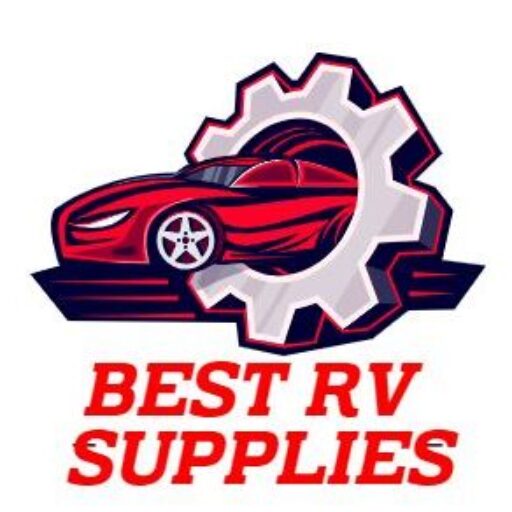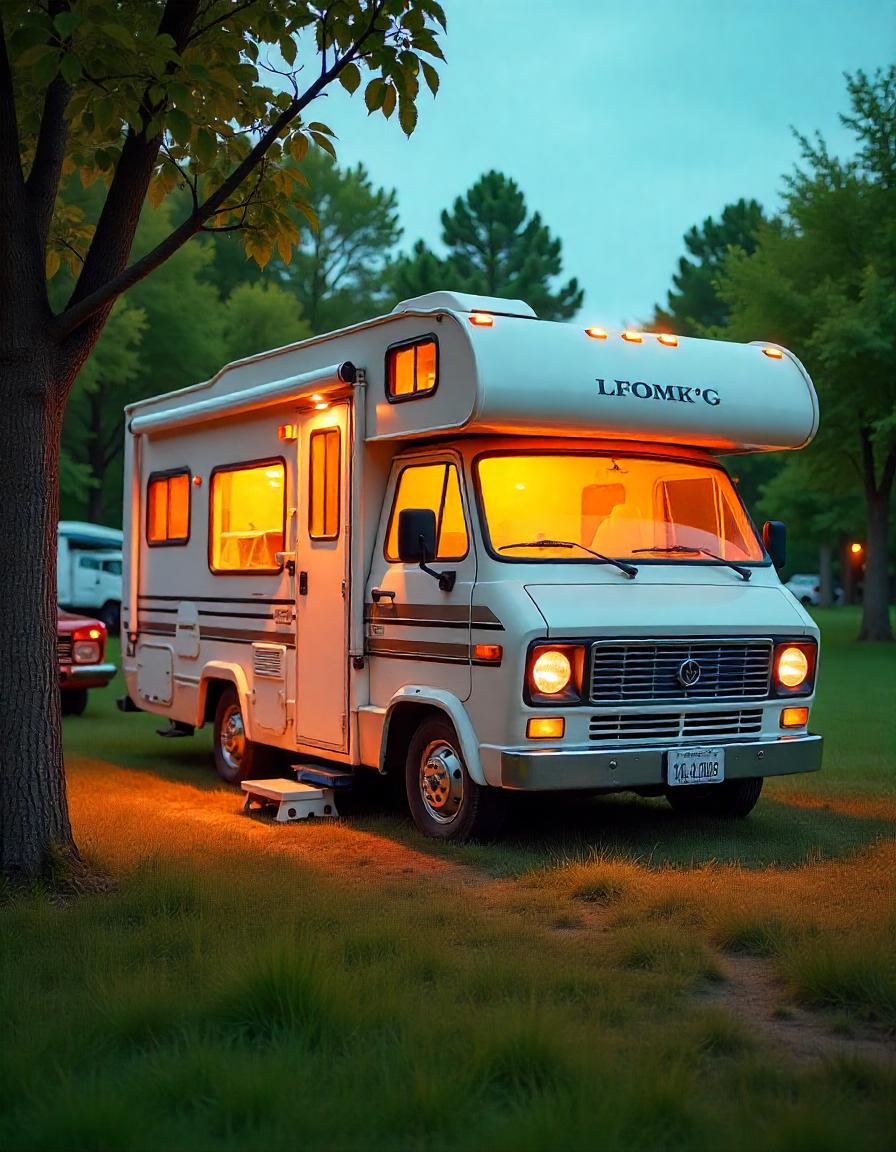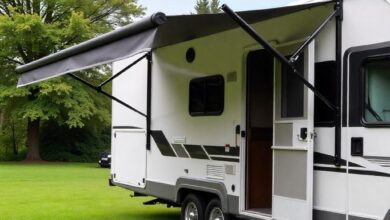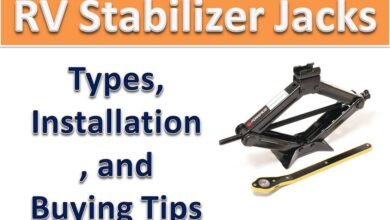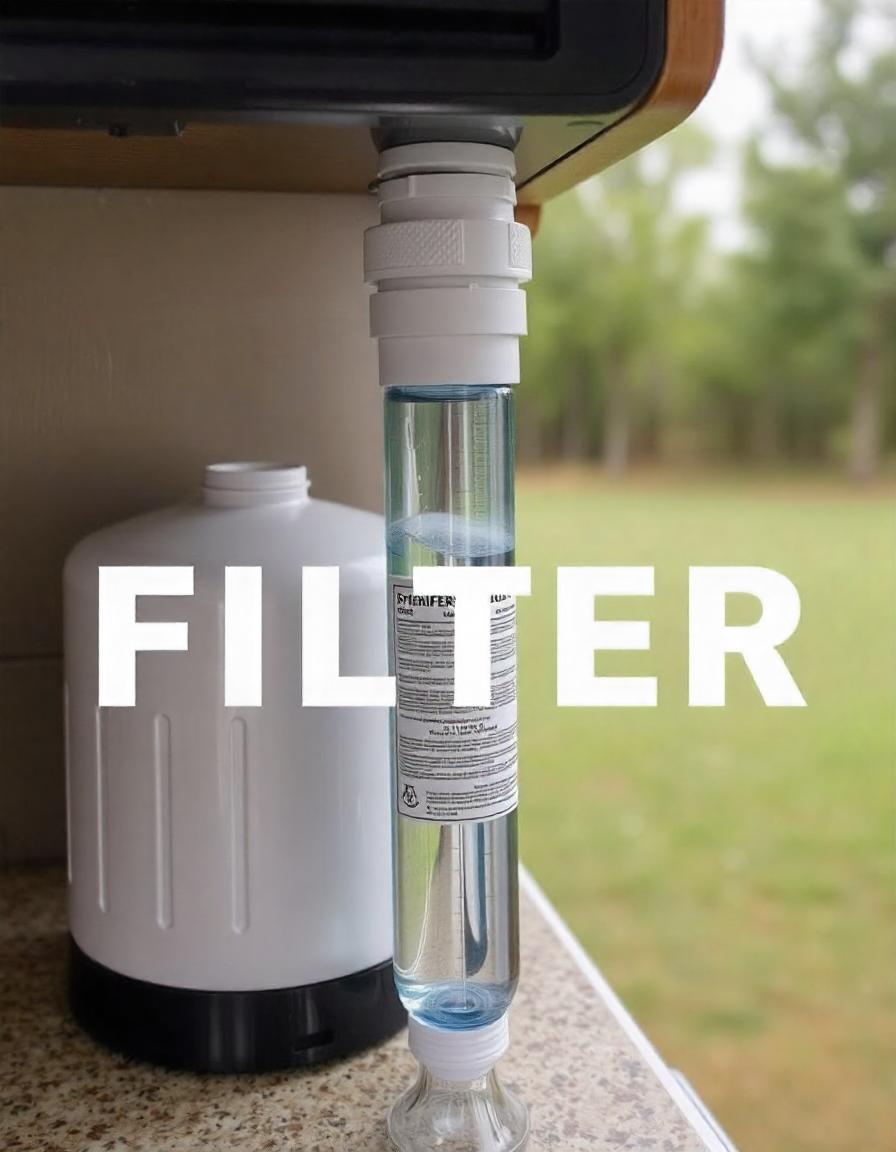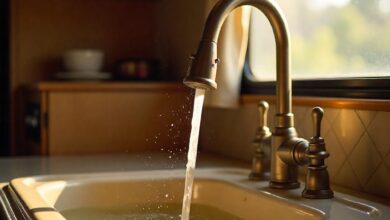How to Add an RV Holding Tank at Home?
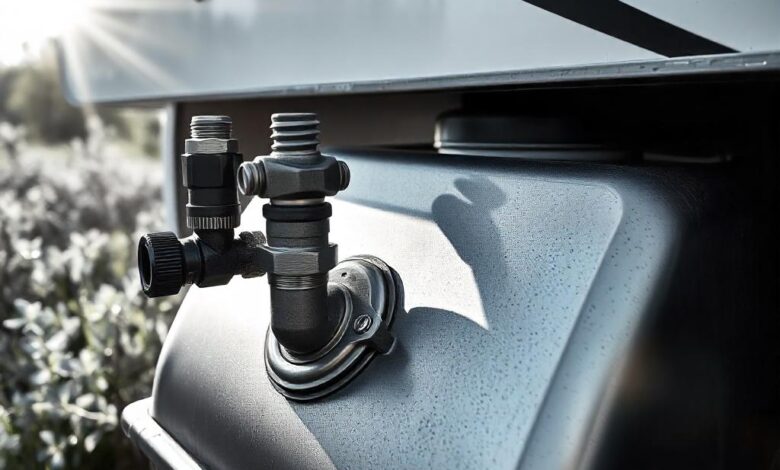
Table of Contents
Introduction
For RV enthusiasts, a functional holding tank is a key component that enhances the overall experience. Adding an RV holding tank at home not only provides convenience but also ensures effective sanitation management. This article will guide you through the process of adding a holding tank, including treatments, maintenance, and installation.
Understanding RV Holding Tanks
What is an RV Holding Tank?
An RV holding tank is an essential part of the vehicle’s plumbing system, storing waste until it can be disposed of at a designated dump station. RVs typically have three types of tanks:
- Black Water Tank: Holds waste from the toilet.
- Gray Water Tank: Stores wastewater from sinks and showers.
- Fresh Water Tank: Contains clean water for use in the RV.
Why You Might Need to Add a Holding Tank at Home?
Adding a holding tank at home can offer several benefits:
- Convenience: Reduces trips to dump stations.
- Extended Use: Facilitates longer stays in your RV.
- Cost-Effectiveness: Saves money by minimizing disposal station visits.
Preparing to Add an RV Holding Tank
Assessing Your Space
Before installing a holding tank, evaluate your available space based on the following factors:
| Factor | Considerations |
|---|---|
| Location | Proximity to RV and existing plumbing. |
| Drainage | Ensure proper drainage for easy emptying of the tank. |
| Accessibility | Make sure the tank is easily reachable for maintenance. |
Choosing the Right Holding Tank
When selecting a holding tank, consider:
| Criteria | Description |
|---|---|
| Size | Must be compatible with your RV’s waste capacity. |
| Material | Typically polyethylene or fiberglass for durability. |
| Compatibility | Should integrate smoothly with your RV plumbing system. |
RV Holding Tank Options
You can choose between pre-made holding tanks or custom solutions based on your specific needs.
Installation Process
Tools and Materials Needed
Gather the following tools and materials before you start the installation:
| Tools | Materials |
|---|---|
| Drill | RV holding tank |
| Wrenches | PVC pipes and fittings |
| Screwdriver | Sealing tape |
| Level | Hose clamps |
| Pipe cutter | Screws and anchors |
Step-by-Step Installation Guide
| Step | Instructions |
|---|---|
| 1. Plan Your Layout | Create a layout plan including tank location and connections. |
| 2. Mark the Tank Location | Use measuring tape and level to mark the installation spot. |
| 3. Install the Tank Brackets | Secure brackets to hold the tank in place using screws and anchors. |
| 4. Connect the Plumbing | <ul><li>Cut Pipes: Use a pipe cutter to size the PVC pipes.</li><li>Attach Fittings: Use sealing tape on threaded ends for watertight seals.</li><li>Connect to RV: Attach pipes to the RV’s waste system, ensuring secure connections.</li></ul> |
| 5. Install the Drain Valve | Attach a drain valve to the tank’s bottom for easy emptying. |
| 6. Test for Leaks | Run water through the system and check all connections for leaks. |
RV Holding Tank Maintenance
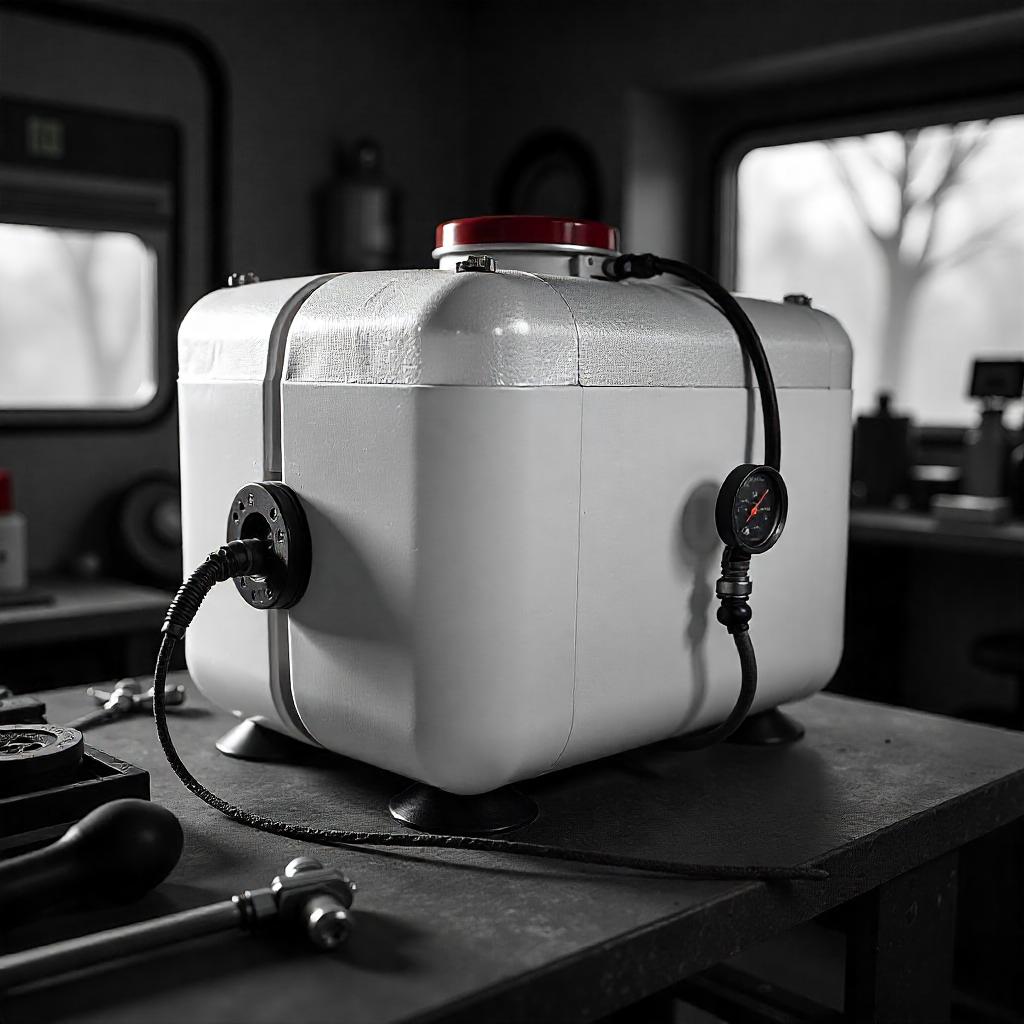
RV Holding Tank
Best RV Holding Tank Treatment
Proper maintenance is essential for optimal tank performance. Here are some treatment options:
| Treatment Type | Description |
|---|---|
| Chemical Treatments | Use biodegradable chemicals to break down waste. |
| Enzyme Treatments | Eco-friendly options that use enzymes for waste breakdown. |
| Best RV Holding Tank Treatment | Look for treatments that control odors and clogs, with positive reviews. |
Best Homemade RV Holding Tank Treatment
For those who prefer DIY solutions, consider these homemade treatments:
| Ingredients | Instructions |
|---|---|
| Baking Soda & Vinegar | Pour 1 cup of each into the tank; let sit for a few hours, then flush. |
| Essential Oils | Add a few drops of tea tree or lavender oil for odor control. |
| Salt & Sugar | Mix 1 cup of each and add to the tank to help break down waste. |
RV Holding Tank Cleaner Options
Regular cleaning is vital for odor control and tank health. Consider these options:
| Cleaning Option | Description |
|---|---|
| Commercial Cleaners | Use specialized cleaners for removing stubborn waste. |
| DIY Cleaners | A vinegar and water solution can effectively clean the tank. |
Monitoring and Sensors
Importance of RV Holding Tank Sensors
RV holding tank sensors are crucial for monitoring waste levels. They help prevent overflows and alert you when it’s time to empty the tanks.
Read Also : Can Class B RV Drive in NJ Parkway? : : Are Two 6 Volt Batteries Better for RV?
Best RV Holding Tank Sensors
When selecting sensors, look for:
| Feature | Description |
|---|---|
| Compatibility | Ensure sensors work with your RV systems. |
| Accuracy | Choose sensors known for reliable readings. |
| Ease of Installation | Select sensors that are straightforward to install. |
Integrating Sensors into Your System
- Placement: Install sensors according to the manufacturer’s guidelines.
- Wiring: Connect the sensors to your RV’s electrical system securely.
- Testing: Check the sensors for accurate readings after installation.
Troubleshooting Common Issues
Common Problems with RV Holding Tanks
RV holding tanks can encounter several common issues:
| Issue | Description |
|---|---|
| Clogs | Blockages caused by debris or improper disposal. |
| Odors | Unpleasant smells from waste breakdown. |
| Leaks | Issues at connections, valves, or the tank itself. |
Solutions and Preventive Measures
| Problem | Solution |
|---|---|
| Clogs | Use a plumbing snake or tank cleaning wand. |
| Odors | Regularly clean and treat the tank; avoid adding materials that cause odors. |
| Leaks | Inspect connections regularly; tighten or replace as needed. |
When to Seek Professional Help
If issues persist or if you encounter major problems, it’s wise to consult a professional. A qualified technician can diagnose and repair complex issues effectively.
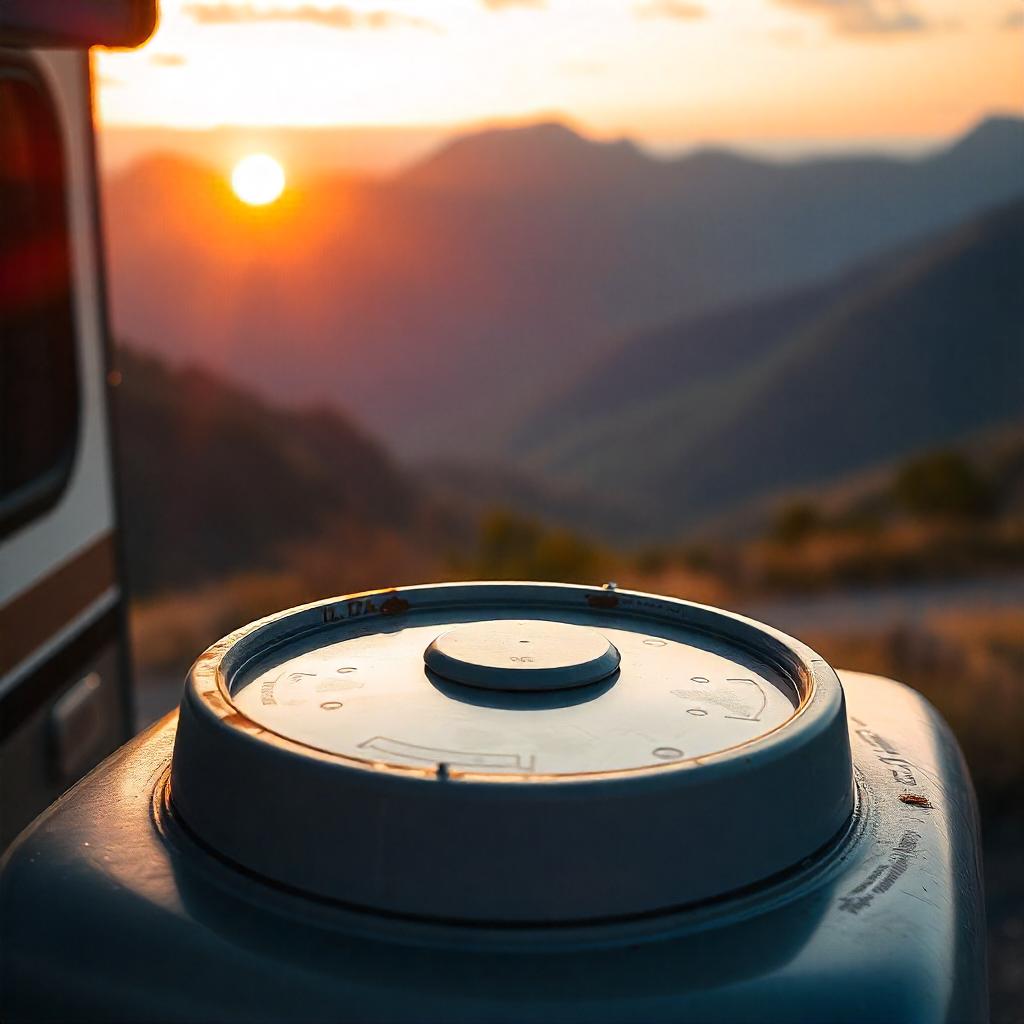
Conclusion
Adding an RV holding tank at home can greatly enhance your RV experience by providing convenience and better waste management. By following the outlined steps and regularly maintaining your holding tank, you can enjoy a more pleasant and efficient RV lifestyle.
Regularly treat your holding tank with the best RV holding tank treatment options available, and don’t forget to monitor levels with sensors for optimal performance. Happy RVing!
